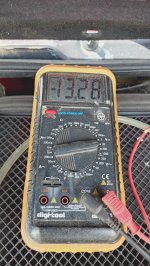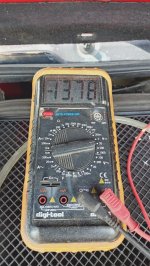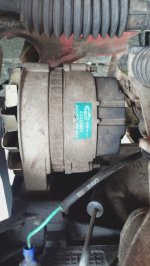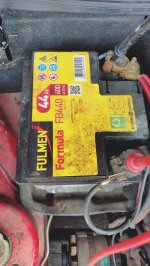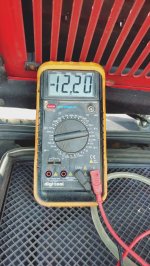Hharbers
Member
My 1987 panda 4x4 seems to me a little low battery voltage:
Engine off 12.2v / idle Engine 13.3 v/ rev 13.7v
To my information battery should have at least 12.4v off
Is battery and (or alternator) dying?
Current 44ah battery is installed by previous owner and a dont know age.
According to manual stock was 30ah
I want to install in future a winch. So if i need to install new battery I want be ready to power a winch
Will a 55ah battery like Varta blue cC22 or Bosch S4 002 be a good choice?
I have a spare alternator that looks new to me according to specs it can deliver 65a. Better to fit this to power battery when winching?
Engine off 12.2v / idle Engine 13.3 v/ rev 13.7v
To my information battery should have at least 12.4v off
Is battery and (or alternator) dying?
Current 44ah battery is installed by previous owner and a dont know age.
According to manual stock was 30ah
I want to install in future a winch. So if i need to install new battery I want be ready to power a winch
Will a 55ah battery like Varta blue cC22 or Bosch S4 002 be a good choice?
I have a spare alternator that looks new to me according to specs it can deliver 65a. Better to fit this to power battery when winching?
Attachments
Last edited:


